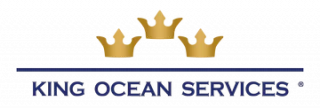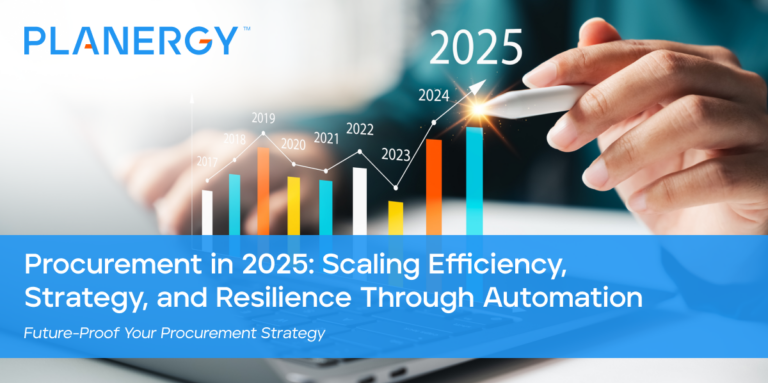Procurement in 2025 is evolving fast—balancing operational demands, strategic decision-making, and digital innovation.
Organizations are leaning into automation, analytics, and collaborative supplier technologies to drive performance across the entire procurement lifecycle.
As procurement teams mature, they’re no longer just fulfilling orders or controlling spend—they’re enabling growth, mitigating risks, and aligning closely with finance and business leadership.
The progress made in recent years—particularly in 2024—set a strong foundation. But this year, the focus is on extending those wins, embedding smarter tools, and future-proofing processes.
This article explores how procurement is continuing to transform in 2025, supported by the latest stats and strategic shifts.
Breaking Free from Spreadsheet Dependency
Procurement’s longstanding reliance on spreadsheets has been a key barrier to agility and accuracy. In 2025, this is finally starting to shift at scale.
Procurement teams continue to invest in digital tools that replace error-prone manual entry with real-time dashboards and automated data capture.
In 2024, nearly 50% of teams were still wasting hours fixing spreadsheet errors and manually reconciling data.[4] With 43% of procurement leaders prioritizing process digitization, automated platforms are now offering a better alternative.[4]
These platforms streamline reporting, reduce risk, and free teams to focus on value creation.
For example, organizations that adopted spend analysis and digital vendor tracking tools now enjoy faster reporting, better resource allocation, and more strategic vendor partnerships.[2][6]
Procurement Automation: A Game Changer for Efficiency and Costs
Automation continues to be one of the most impactful shifts in procurement.
By digitizing core tasks like purchase order creation, invoice matching, contract tracking, and supplier onboarding, procurement teams have significantly reduced the time spent on repetitive admin.
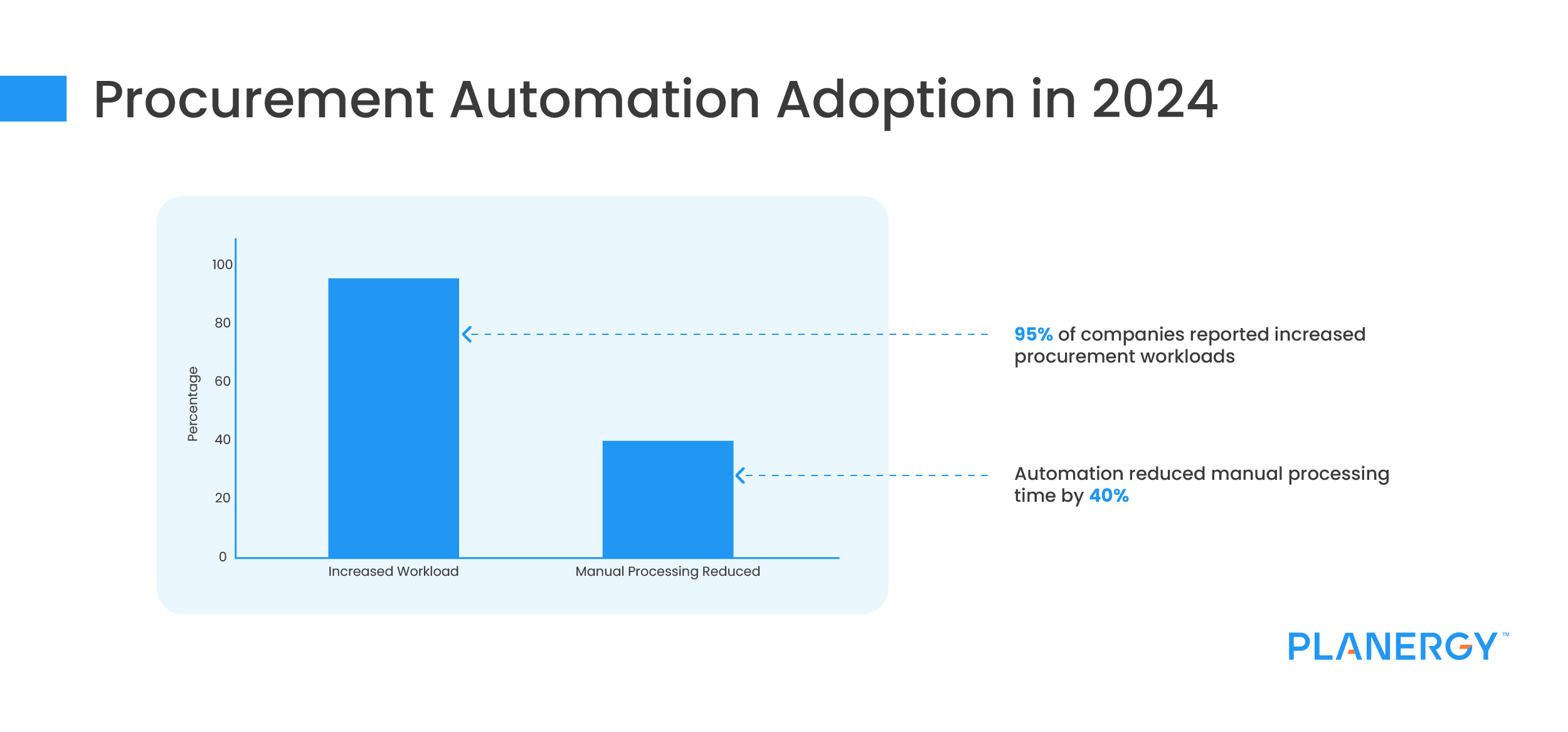
In 2024, teams saw a 40% drop in manual workloads as a result of automation—momentum that continues to drive efficiency in 2025.[4]
Organizations are not just saving time; they’re also reducing errors, improving approval cycles, and increasing compliance.
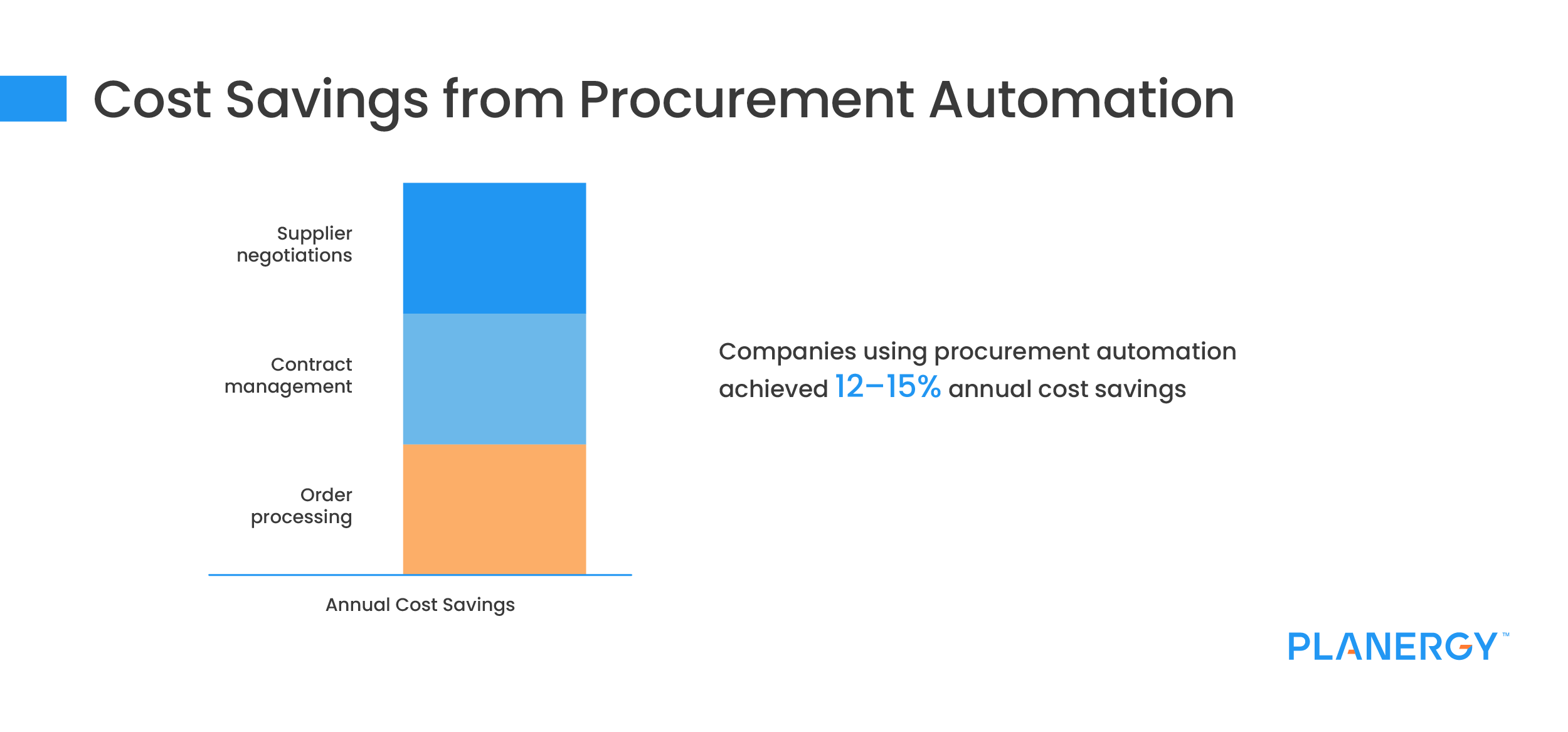
Dashboards and integrated analytics help identify bottlenecks, reduce costs, and make it easier to flag issues early.
Vendor management has also improved, with automated tracking tools helping procurement professionals negotiate better terms, meet deadlines, and build trust with suppliers.[2][6]
Stronger Supplier Relationships Through Collaboration Tools
Supplier experience is increasingly viewed as a competitive advantage. In 2025, procurement teams are doubling down on digital supplier portals, collaborative platforms, and real-time communication tools to strengthen these relationships.
By the end of 2024, 35% of procurement systems had integrated supplier portals that streamlined order tracking, payment visibility, and dispute resolution.[5]
These tools gave vendors confidence and clarity, reducing friction and improving delivery reliability.

Procurement teams that used supplier performance analytics in parallel were able to identify at-risk partnerships early and respond faster, cutting resolution times by 30%.[7]
This proactive approach supports continuity and reduces the impact of supply chain disruptions.
Additionally, more organizations are using digital platforms to track delivery accuracy, cost savings, and compliance metrics—ensuring suppliers meet performance benchmarks.[7]
Automation Solved Procurement’s Visibility Challenges
Procurement leaders in 2025 are benefitting from real-time visibility into spend, contracts, and supplier activity—something that wasn’t feasible just a few years ago.
This visibility is helping them act faster, make better decisions, and drive down costs.
Real-time analytics tools introduced in 2024 are now widely adopted.
These tools track spending trends, flag anomalies, and provide detailed insights into supplier contracts and risk areas.[6] Predictive analytics goes a step further, helping leaders anticipate cost shifts or market disruptions and plan ahead.[3]
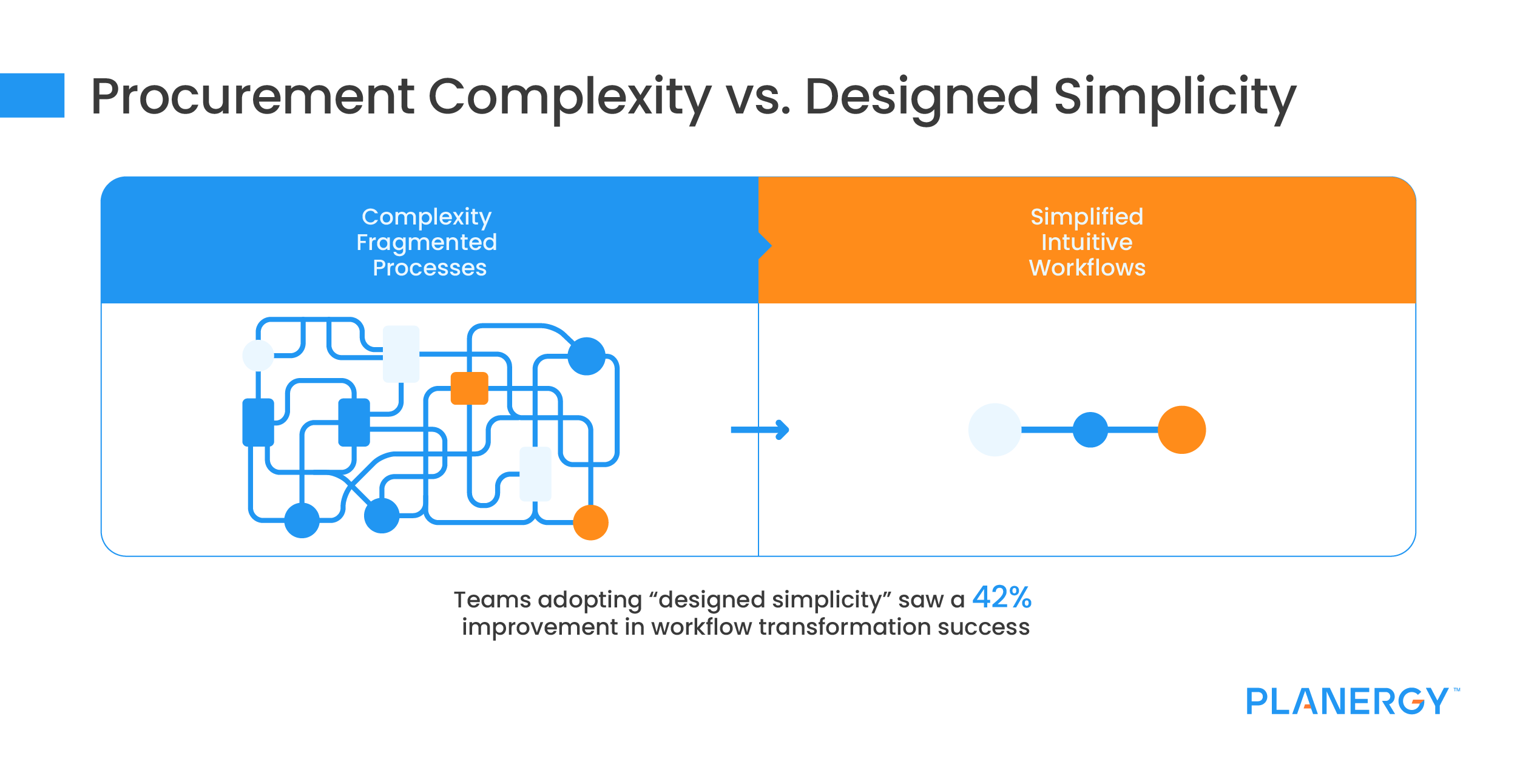
Many teams have also embraced designed simplicity—intentionally restructuring procurement processes to be intuitive and low-friction.
This has helped boost transformation success by 42%, as workflows become easier to manage and adopt across departments.[7]
Procurement Teams Addressed Scalability with Digital Tools
With procurement workloads increasing across industries, scalability has become non-negotiable. 95% of companies report rising procurement activity—and in 2025, teams are turning to digital solutions to keep up.[5]
Mid-sized firms using automation saw a 40% boost in efficiency in 2024, enabling them to process larger purchase volumes, accelerate onboarding, and reduce approval delays.[4]
Real-time dashboards support centralized oversight, improving coordination between procurement, finance, and supply chain teams.[3]
Public procurement’s significant share of GDP—12% in developed countries and up to 30% in developing regions—underscores the need for efficient, scalable systems that can handle complexity.[9]
Risk mitigation is another driver. Predictive tools help teams flag supplier vulnerabilities early and make smarter sourcing decisions—leading to a 20% improvement in risk management outcomes.[7]
Advanced Analytics Drove Smarter Procurement Decisions
Data is now a core part of every procurement strategy. In 2025, more than 50% of procurement leaders rely on advanced analytics to guide key decisions—from budgeting and sourcing to contract negotiation and supplier performance monitoring.[3]

Predictive analytics helps teams anticipate shifts in raw material pricing, labor availability, or regulatory changes.
These insights enable better contract terms, more agile supply planning, and improved ROI on procurement investments.[1]
Spend visibility platforms identify previously overlooked savings opportunities. Teams using these tools can reallocate budgets more effectively and surface hidden inefficiencies across departments.[7]
AI-powered anomaly detection ensures compliance and flags risks before they escalate.[2][6]
Procurement Automation Strengthened Supply Chain Resilience
In a volatile global market, supply chain resilience is top of mind. Procurement automation is playing a key role in stabilizing supplier networks, reducing delays, and ensuring continuity during disruptions.
Real-time procurement systems have improved supplier collaboration by 35%, helping teams track performance, resolve issues faster, and maintain service levels—even in challenging conditions.[5]
Supplier portals continue to support smoother transactions, timely payments, and greater vendor satisfaction.[5]
Leading companies are also implementing CPFR (Collaborative Planning, Forecasting and Replenishment) models, allowing them to plan more accurately with key suppliers.
These strategies help reduce the total cost of ownership while building long-term supplier relationships.[1]
With accurate performance data, procurement teams can pivot quickly in the face of change, minimizing downtime and ensuring supply continuity.[7]
The Strategic Evolution of Procurement Leadership
The role of procurement leadership has shifted dramatically. In 2025, procurement executives are key players in financial planning, risk mitigation, and business strategy.
Automation and AI-driven insights have given teams the freedom to focus less on transactional tasks and more on high-value work.
Nearly 48% of CFOs now leverage procurement data to improve fraud detection, optimize spend, and support broader financial strategies.[2][3]
Procurement teams are increasingly moving toward category-based models, aligning sourcing strategies with specific spend areas for greater efficiency.[7]
Simplifying workflows has helped reduce execution complexity by 21%—making processes easier to follow and improving adoption rates.[1]
Investment in learning and development also continues. Leaders are embedding skill-building into daily operations, ensuring their teams evolve alongside new technologies and procurement demands.[1]
Conclusion: Procurement’s Strategic Role in 2025
Procurement has become a strategic engine in 2025—delivering measurable value through technology, data, and collaboration.
With automation reducing manual workloads by 40%, supplier portals enhancing trust by 35%, and analytics driving smarter decisions among 50%+ of leaders, procurement teams are at the center of operational efficiency and long-term growth.[5][6][7]
Designed simplicity continues to improve outcomes, while tighter collaboration with finance and supply chain leadership ensures alignment with company-wide goals.
These changes reflect a broader shift: procurement is no longer just about cost control—it’s about agility, insight, and impact.
In the year ahead, organizations that invest in scalable systems, empower procurement leaders, and build strong supplier networks will be best positioned to succeed.
Adopting modern spend management tools like PLANERGY can help procurement teams capitalize on these trends by automating processes and enhancing data-driven decision making.
References
[1] Gartner. “CFO Survey Highlights 2023.” Gartner. Available at: https://www.gartner.com/doc/reprints?id=1-2DNDPWDY&ct=230515&st=sb. [Accessed on: 29 October 2024]
[2] Deloitte. “Strategies for Optimizing Your Accounts Payable.” Deloitte. Available at: https://www2.deloitte.com/content/dam/Deloitte/ca/Documents/finance/ca-en-FA-strategies-for-optimizing-your-accounts-payable.pdf. [Accessed on: 29 October 2024]
[3] Ardent Partners. “Accounts Payable Metrics that Matter 2023.” Sponsored by Tradeshift. Available at: https://tradeshift.com/wp-content/uploads/2023/02/ArdentPartners-AP-MTM2023-Tradeshift-FINAL.pdf. [Accessed on: 29 October 2024]
[4] PYMNTS. “Manual Payments Processes Often Slow Small Business Growth.” PYMNTS. Available at: https://www.pymnts.com/accounts-payable/2023/manual-payments-processes-often-slow-small-business-growth/. [Accessed on: 29 October 2024]
[5] Ardent Partners. “The State of ePayables 2024: Money Never Sleeps.” Andrew Bartolini, Founder & Chief Research Officer, Ardent Partners. Available at: https://ardentpartners.com/pay/ArdentPartners-StateofePayables2024-Multi-FINAL.pdf. [Accessed on: 29 October 2024]
[6] Gartner. “5 Procurement Best Practices to Improve Strategic Sourcing.” Gartner. Available at: https://www.gartner.com/en/supply-chain/topics/strategic-sourcing. [Accessed on: 29 October 2024]
[7] Gartner. “To Crack Procurement Complexity, Make Processes Simple by Design.” Gartner Business Quarterly 1Q24. Available at: https://www.gartner.com/en/supply-chain/topics/sourcing-and-procurement. [Accessed on: 29 October 2024]
[8] Gartner. “Top 10 Priorities for New Sourcing and Procurement Leaders.” Gartner. Available at: https://www.gartner.com/en/supply-chain/trends/sourcing-procurement-priorities. [Accessed on: 29 October 2024]
[9] Proxima Group. “Everything You Need to Know About Procurement But Didn’t Ask.” Proxima Group. Available at: https://proximagroup.com/define/everything-you-need-to-know-about-procurement-but-didnt-ask/. [Accessed on: 29 October 2024]
